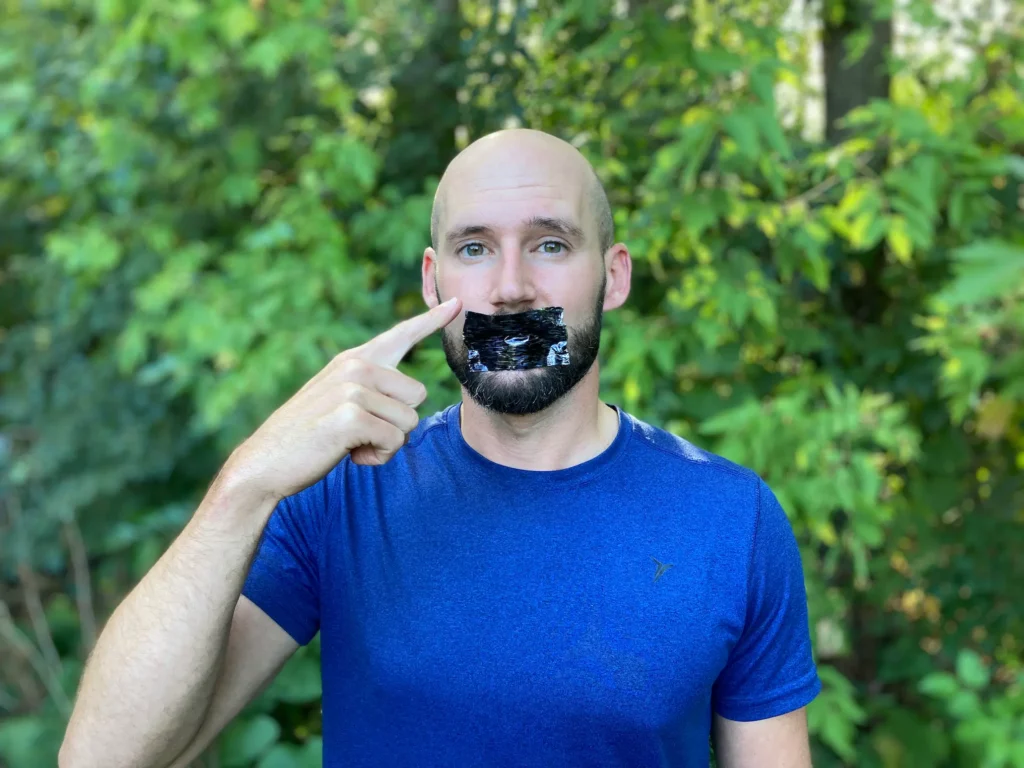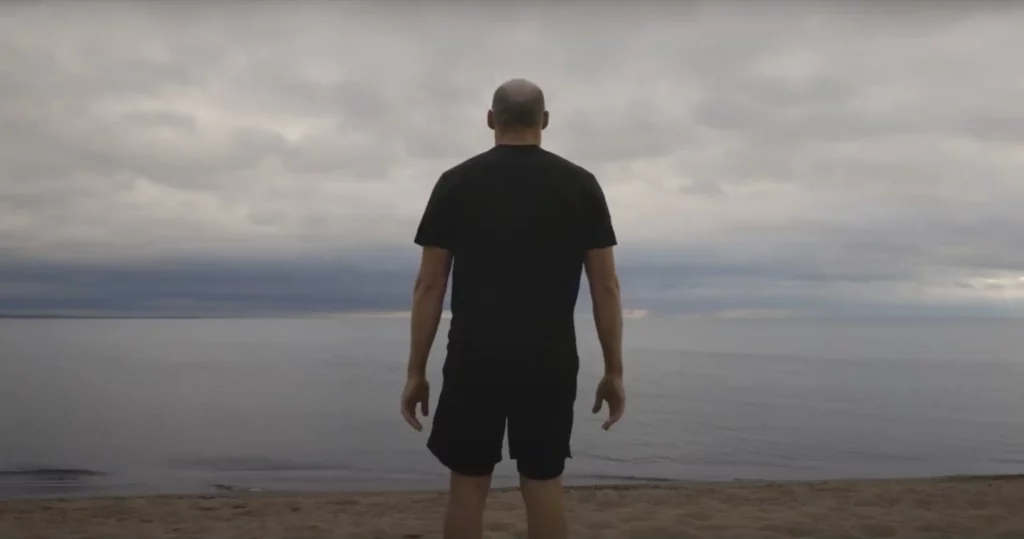
The Nasal Marathon Journey
The ‘Nasal Marathon’ as we’ve called, concluded last week – and for Recal Founder Anthony Lorubbio, it was a humbling and fulfilling process. Anthony participated in the marathon, not by training using running, but training using only breathwork. And on top of that, his mouth was taped for the duration of the marathon. As part of this endeavor, the cause for which we are raising money and awareness is for Missing & Murdered Indigenous Women. If you have interest in learning more and donating, you can click here.
Below is a peek into the technique and preparation that Anthony did leading up to the marathon.
Nasal Marathon Training
Typical training might include strengthening the glutes, quads, calves, hamstrings, and all of the secondary muscles included in running. Oh and maybe it includes running itself…?
For us, the focus was on a different muscle: the diaphragm. This is a muscle hidden just below the lungs at the bottom of our ribcage and is often neglected in a strength training program.
The benefits of diaphragm breathing
The diaphragm has been called “the forgotten muscle” for runners who are training. And yet, shallow breathing with our chest and secondary breathing muscles can result in fatigue and poor balance.
It also impacts our mental state: the nose and the diaphragm go together, as they promote a relaxed state of our nervous system, whereas breathing through the mouth engages the upper chest muscles and a fight-or-flight response.
Research has found that diaphragm breathing allows other core muscles like the abdominals, lower back, and pelvic floor to perform at a higher level for a longer period of time—pure gold for endurance runners according to Trail Runner Magazine.
The challenge
But diaphragm breathing does not come naturally for many of us. As we age, many people continue with poor breathing habits, and it’s not often top of mind when we’re training for a marathon. But for Anthony, it is the only thing.
As Anthony trained with breathwork, he strengthened his diaphragm, healed his nervous system, and prepared his body & mind to endure the 26.2 miles.

Breathwork and the mind-body connection
Some of the great mindfulness gurus often speak about how their mind-body connection enables them to change a physical state only through the mind and breath. But how exactly does one do that?
If we’re operating on autopilot, not paying attention to our body’s cues, we can often be disconnected from sensations of tightness or pain. But if we are tuned in, we can hear it happening as it happens and can take action.
As if you are breathing directly into that part of your body, focus as intently as possible on that area and ‘breathe into it.’ By sending that breath (and energy), it is possible to loosen up that area consciously.
High-altitude Simulation Breathwork training: what is it?
Also known as ‘Intermittent Hypoxic Hypercapnic Training’, hypoxic means ‘low oxygen’, and hypercapnic means ‘high carbon dioxide. This is basically the equivalent environment to being at a high altitude (low oxygen) and climbing or doing something very physically active (high CO2). Your body has higher levels of CO2 during periods of physically strenuous activity.
Hypercapnia is a condition that results from too much carbon dioxide (CO2) in the blood. Hypoxia is a lack of oxygen in the body, which can have major consequences for athletes. When the body is deprived of oxygen, it can’t produce energy efficiently, leading to fatigue and, ultimately, performance decline.
This style of breathwork training popularized by Oxygen Advantage and coached by breathwork coaches around the world can help mitigate the harmful effects of hypercapnia.
How it works
How you do this is by holding your breath (after an exhale) and gradually working from a walk to a jog to a fast jog – all while still holding your breath. And when you can’t go any further, you STOP, and take in as little amount of air through your nose as possible for 6 breaths. Then, as calmly as possible, you breathe ‘normally’ for 12-18 more breaths.
It’s best to practice this with a professional breathwork guide, but if you work out it is definitely worth exploring!
The Nasal Marathon Cause
How do we honor indigenous people during the Thanksgiving weekend (same weekend as the marathon)? We can all start by learning about whose land we are on and begin listening to indigenous voices. Their stories carry so much wisdom that we can all learn from. In the spirit of unity, we can instead focus Thanksgiving on common values: generosity, gratitude, and community.
One way you can give back and support is by donating to the primary cause behind the Nasam Marathon. All money raised goes toward Missing and Murdered Indigenous Women.
If you are interested in donating, please visit RecalTravel.com/nasalmarathon.
